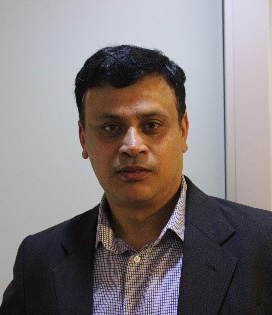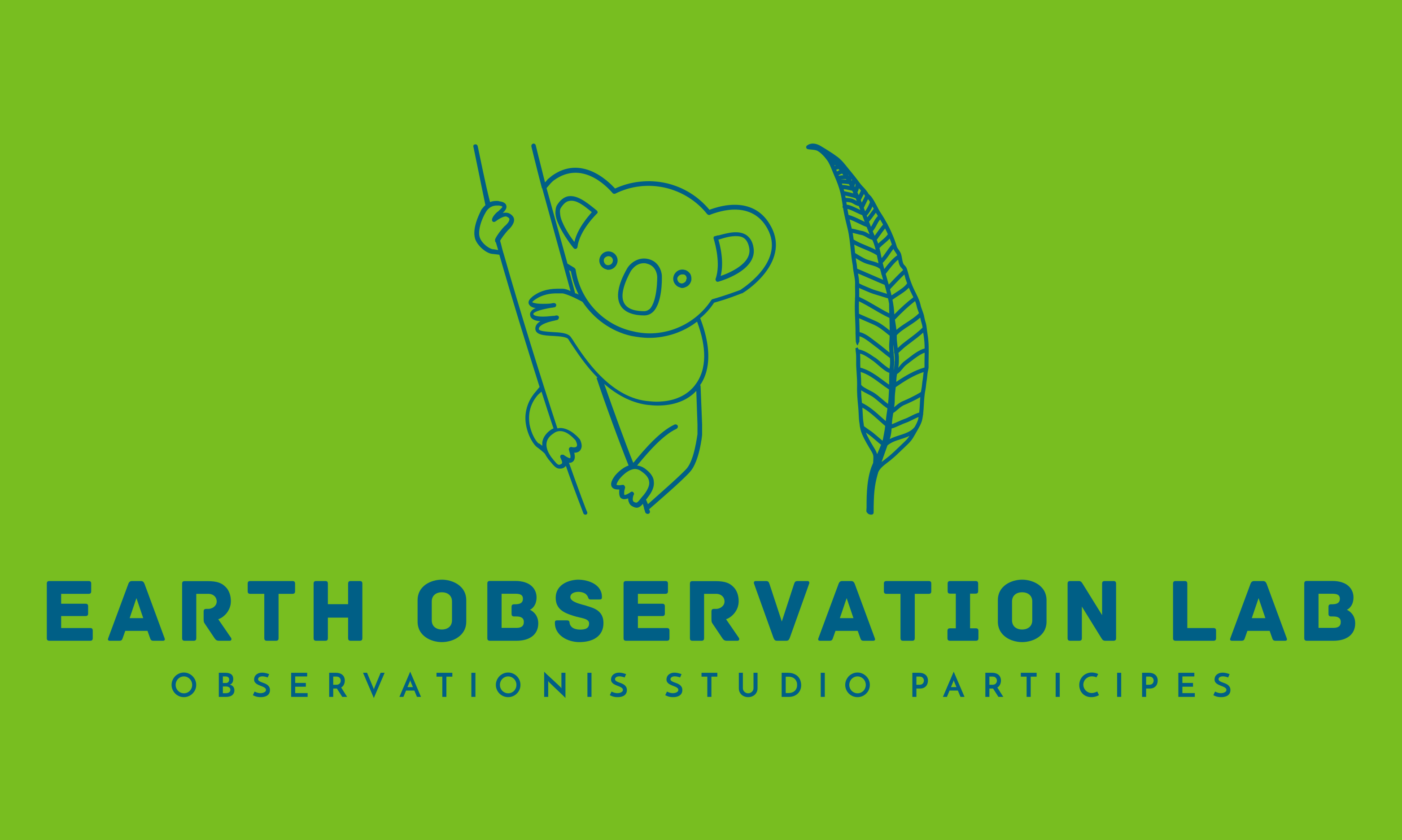
Chief Investigator at the EO Lab
A/Professor in Earth Observation and Remote Sensing
PhD, BSc EnvSci (Hons), BSc Energy Studies
Course Coordinator of University of New England Master of Environmental Science and Management
Vice President of Earth Observation Australia
University of New England
Armidale NSW 2351 Australia
Faculty of Science, Agriculture, Business and Law
School of Environment and Rural Science
Ecosystem Management ~ EcoMan
Phone 0438 1234 38
Email bradley.evans@une.edu.au
Web https://www.une.edu.au/staff-profiles/ers/bradley-evans
Bradley is an Earth Observation and remote sensing specialist who is passionate about Environmental Science, Biodiversity, and research applying hyperspectral imaging spectroscopy to solve real world problems. Bradley has worked on projects associated with NASA’s Orbiting Carbon Observatory-2 (OCO-2) mission, working towards new ways of modelling plant growth using plant fluorescence.
Currently, Bradley is a community contributor to the NASA Jet Propulsion Laboratory (JPL) Surface Biology and Geology Study. Bradley is currently working on mapping (and modelling) koala habitat in NSW using Hyperspectral Imaging, with HyVista Corporation and researchers from The University of Sydney.
Bradley has served as Director of Australia’s Terrestrial Ecosystem Research Network, Ecosystem Modelling and Scaling Infrastructure, and at Macquarie University and The University of Sydney. He has worked at the Australian Government Department of Defence, where he served on the AquaWatch and other committees related to Earth Observation. He has served as Director of Sydney Informatics Hub during his time at The University of Sydney.
As a Chief Investigator at CUAVA, the Australian Research Council Training Centre on CubeSats, UAVs and their Applications, Bradley has led the development of an OpenSource Hyperspectral Imaging Spectrometer: OpenHSI. He has brought together students and CUAVA postdocs, in collaboration with Charles Bachmann from Rochester Institute of Technology.
At University of New England since 2023, Bradley has established the Earth Observation Laboratory with a special focus on water quality and wildlife habitat for koalas.

Dr Rajesh Thapa
University of New England
Postdoctoral Research Fellow – School of Environmental and Rural Science
Phone: +61 0402925614
Email: rthapa4@une.edu.au
Dr Rajesh Thapa is a researcher in the field of Geographical Information Systems (GIS) and remote sensing. Rajesh has over 20 years of experience in supporting the delivery of spatial information. He uses best practice science in applying remote sensing and GIS technologies to understand changes in the plant community, floodplain vegetation productivity, land use, land cover change monitoring, and environmental impact assessment. Rajesh’s research has contributed to government agencies across the Hindu Kush-Himalayan Region in South Asia and the Danube River basin in Europe, and projects allocated by NSW Department of Climate Change, Energy, the Environment and Water.
Dr Thapa has recently completed the Greater Sydney Connectivity Modelling using 2m spatial resolution tree canopy data. This contributed to the modelling of 78 threatened species for the NSW Government’s Saving our Species program (SoS), and landscape capacity modelling at the landscape level, focusing on ecological connectivity and carrying capacity. Rajesh is also involved with the Biodiversity Indicator Program (BIP), and the NSW-wide Relative Persistent Green Cover mapping and productivity mapping. Since 2019, he has been an integral part of work funded by the NSW Koala Strategy in mapping koala habitat and their future climate refugia.

Ivana Dimovski
University of New England PhD Candidate
Faculty of Science, Agriculture, Business and Law
School of Environment and Rural Science
Ecosystem Management ~ EcoMan
I started my PhD on koalas in the New England region in 2024. I have a background in conservation biology and am passionate about saving the environment and its most vulnerable flora and fauna.
The koala is the world’s largest arboreal marsupial and one of the most iconic Australian species. It is also currently listed as vulnerable by the International Union for Conservation of Nature (IUCN), and listed as endangered by Commonwealth and NSW agencies.
Recent population declines in NSW have prompted the NSW Government to take urgent action to save the koala. The NSW Koala Strategy and the UNE Koala Strategy have both listed Mount Duval, near the UNE campus in Armidale, NSW, as a ‘stronghold’ for future koala populations.
In the past 30 years, Hyperspectral Remote Sensing has proven to be an effective tool for large-scale mapping and monitoring of biochemical components and biophysical traits of plants. Variations within spectral signatures can inform us about species composition, plant productivity, or health on a large scale. Thus, foliage spectral signatures can indirectly inform population dynamics of herbivores. Using hyperspectral data together with near infra-red spectroscopy and drone thermal surveying techniques, we hope to develop a methodology that can accurately track changes in leaf nutritional quality in real-time, and how these impact the local koala population.
Koalas almost exclusively consume Eucalyptus foliage. Eucalyptus leaves are low in nutrients (N, P, Ca) and contain plant secondary metabolites (phenolics) that can be lethal upon ingestion. Eucalyptus trees exhibit different chemotypes between and within species. Those differences depend on various environmental factors, phenological cycles, the age of the individual, and/or the presence of the symbiont. To obtain nutrition, koalas must balance between uptake of nitrogen and detoxification of phenolics. The selection of foliage varies between individuals and across time and space. As the smallest variations in nutrient content can have a cascade effect on population density and fecundity, we need more nutrient-based studies to better understand this relationship and its impacts. Aerial Remote Sensing can provide a bird’s-eye view of this plant/animal dynamic and can extend over large scales.
